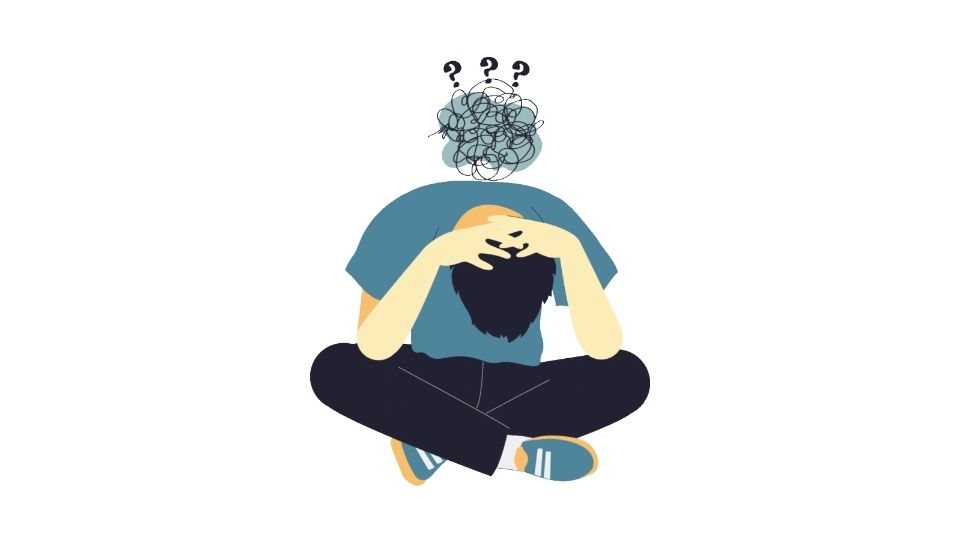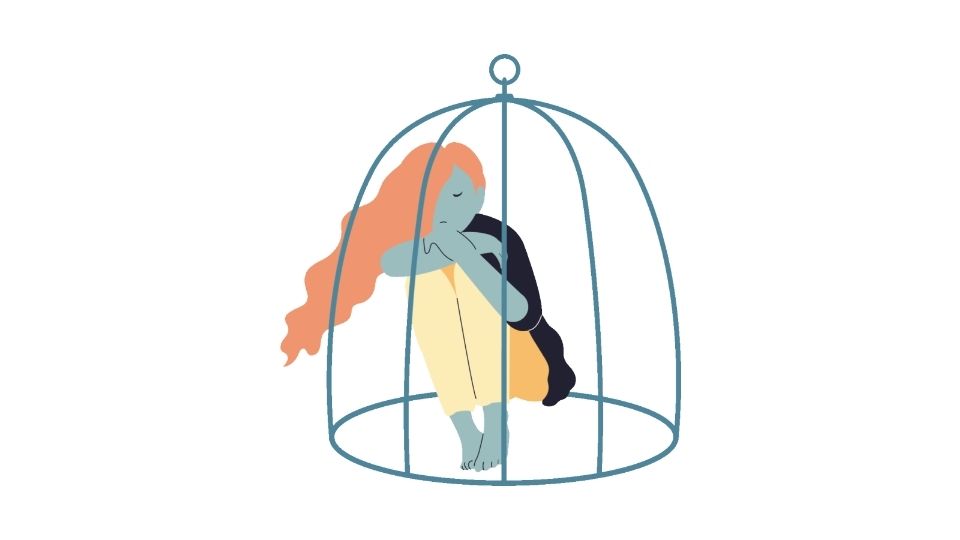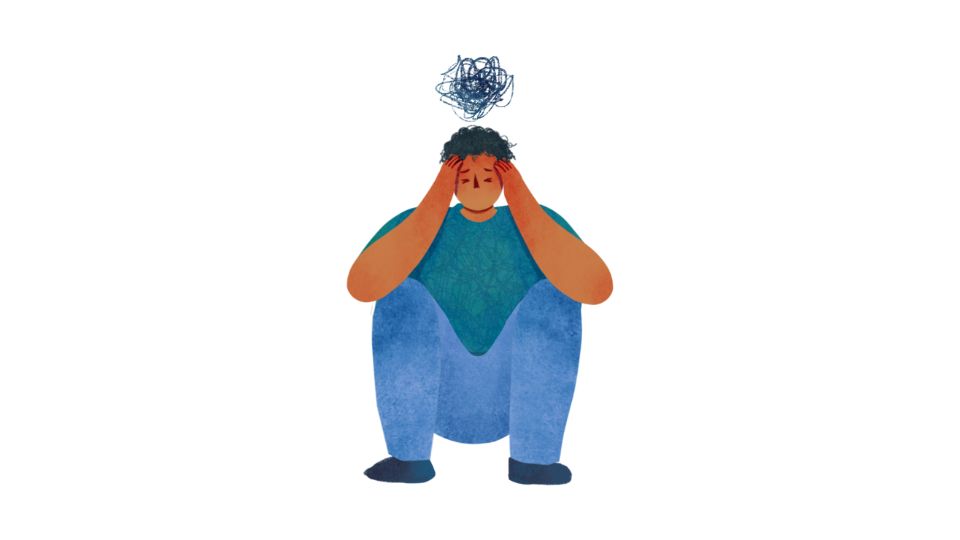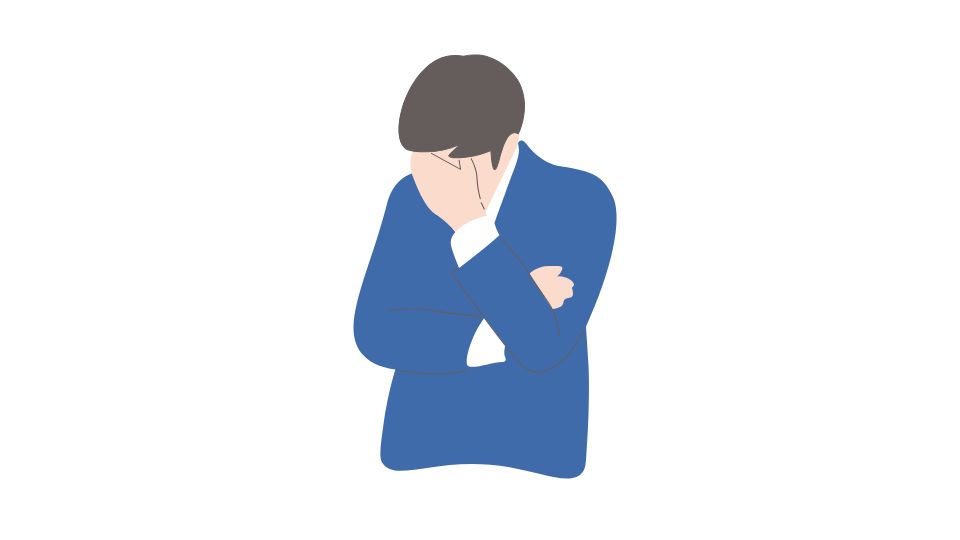Dismissive Avoidant vs Fearful Avoidant Attachment Explained

Ever wondered why your partner suddenly goes cold, or why you feel like running away when things get too cozy? Yep, that’s attachment styles at work. Let me break down two of the most confusing ones – dismissive avoidant and fearful avoidant – that make relationships interesting (to put it mildly).
These two styles are basically close cousins – both involve avoiding intimacy, but for totally different reasons. One’s like “I don’t need anybody” while the other’s more “I want you but I’m terrified you’ll hurt me.”
Understanding these styles is like getting the cheat codes to your relationship patterns. And trust me, once you see these patterns, you can’t unsee them (in yourself or others).
Attachment Styles: The Ultimate Relationship Blueprint
Think of attachment styles as your emotional operating system – installed in childhood and running in the background of all your relationships.
There are four main attachment styles:
- Secure: The golden child. Comfortable with intimacy, not clingy, basically relationship goals.
- Anxious: The worry-wart. Always afraid you’ll leave them, needs constant reassurance.
- Dismissive Avoidant: The lone wolf. Values independence above all else.
- Fearful Avoidant: The walking contradiction. Desperately wants connection but runs from it.
About 50% of people have secure attachment, while the other 50% are spread across the three insecure styles. And yes, research shows these patterns affect everything from your romantic relationships to your friendships to how you parent.
Dismissive Avoidant: The “I Don’t Need Anyone” Type

Dismissive avoidants are the ultimate emotional distancers. If relationships were a swimming pool, they’d be the ones sitting in a chair by the edge, occasionally dipping a toe in but never fully diving in.
Key traits:
- Emotionally reserved – they keep feelings locked up tighter than Fort Knox
- Fiercely independent – “I can do it myself” is their life motto
- Appear super confident – often come across as having it all together
- Downplay relationships – treat intimacy like it’s optional, not essential
- Strong boundaries – walls so high you need climbing gear to get over them
- Shutdown masters – when emotions get intense, they check out mentally
- Logical over emotional – prefer solving problems to discussing feelings
Psychologically, dismissive avoidants often have a positive view of themselves but a negative view of others. Deep down, many feel unworthy of love but mask this by convincing themselves they don’t need anyone anyway.
Where does this come from? Usually childhood emotional neglect. Maybe they had parents who were physically present but emotionally unavailable, teaching them that relying on others leads to disappointment.
Fearful Avoidant: The “Come Here, No Wait, Go Away” Type

Fearful avoidants are relationship contradictions walking on two legs. They desperately want connection while simultaneously being terrified of it. It’s like they’re driving with one foot on the gas and one on the brake.
Key traits:
- Conflicted about intimacy – want it badly but fear it intensely
- Push-pull dynamics – pursue connection then panic and withdraw
- Often charming and generous – can be incredibly giving in relationships
- Hypervigilant – constantly scanning for signs of rejection or betrayal
- Poor boundaries – struggle to maintain healthy space in relationships
- Emotional rollercoaster – experience intense highs and lows
- Trust issues – deep-seated fear that people will hurt them
Psychologically, fearful avoidants have a negative view of both themselves AND others. They don’t feel worthy of love and don’t trust others to provide it consistently.
This style often develops from chaotic or traumatic childhood experiences. Maybe their caregiver was sometimes loving, sometimes frightening – creating a confusing pattern where the source of comfort was also the source of fear.
The Big Differences: Dismissive vs. Fearful Avoidant
| Dismissive Avoidant | Fearful Avoidant | |
|---|---|---|
| Emotional stance | Cool, detached, composed | Hot and cold, unpredictable |
| Desire for closeness | Low (or suppressed) | High but complicated by fear |
| Main fear | Loss of independence | Getting hurt or abandoned |
| Relationship pattern | Keeps everyone at arm’s length | Pulls people close then pushes away |
| Conflict style | Withdraws, stonewalls | May explode or disappear |
| View of self | “I’m fine on my own” | “I’m not worthy of love” |
| View of others | “People are unreliable/unnecessary” | “People will hurt me eventually” |
The biggest difference? Dismissive avoidants avoid connection because they prefer independence, while fearful avoidants avoid connection because they’re afraid of getting hurt.
It’s like the difference between someone who doesn’t want to go to the party (dismissive) versus someone who really wants to go but is terrified they’ll be rejected there (fearful). Same behavior, completely different motivations.
How These Styles Show Up in Relationships

The Dismissive Avoidant Partner
Ever dated someone who seemed allergic to the words “I miss you”? They might be dismissive avoidant.
In relationships, they often:
- Keep emotional distance – sharing feelings feels like a root canal to them
- Value space and independence – need tons of alone time
- Shut down during conflict – become robotic when things get heated
- Minimize partner’s emotions – may see emotional needs as “dramatic”
- Struggle with empathy – have trouble seeing things from partner’s perspective
As one client told me: “It’s like dating someone who’s partially unavailable all the time. They’re physically there but emotionally somewhere else.”
The Fearful Avoidant Partner
Dating a fearful avoidant can feel like emotional whiplash. One day they’re all in, the next they’re ghosting you.
In relationships, they often:
- Send mixed signals – hot one minute, cold the next
- Have intense connections – relationships start passionate and intense
- Panic when things get serious – freak out when real intimacy develops
- Create tests – unconsciously test partner’s love and commitment
- Have emotional outbursts – may swing between clinginess and distance
As another client described: “Dating them is like riding a rollercoaster blindfolded. You never know when the next drop is coming.”
Healing and Growing: Can These Styles Change?
Good news! Attachment styles aren’t a life sentence. They’re adaptable patterns that can shift with awareness, effort, and supportive relationships.
For Dismissive Avoidants
The journey involves recognizing that independence and intimacy can coexist:
- Practice vulnerability – start small, sharing minor feelings first
- Question your story – challenge the belief that needing others is weakness
- Notice your withdrawing – become aware when you’re emotionally checking out
- Lean into discomfort – stay present when emotions arise instead of shutting down
- Communicate needs directly – ask for space in healthy ways rather than disappearing
For Fearful Avoidants
The path forward involves resolving the inner conflict between wanting and fearing connection:
- Develop emotional regulation – learn to soothe your own anxiety
- Create consistent boundaries – not walls that keep everyone out or no boundaries at all
- Build trust gradually – with yourself first, then with safe others
- Process past trauma – work through childhood wounds with a therapist
- Notice the push-pull pattern – become conscious of when you’re creating drama
Therapy approaches like Emotionally Focused Therapy work wonders for both styles. They help you recognize patterns, understand their origins, and create new, healthier ways of connecting.
So What Now?

Understanding whether you or your partner leans dismissive or fearful avoidant isn’t about labeling or boxing anyone in. It’s about gaining insight into patterns that might be sabotaging your relationships without you even realizing it.
Remember:
- Your attachment style isn’t your fault – it developed as a way to protect you
- But healing it is your responsibility – especially if you want healthy relationships
- Small changes create big shifts – even minor adjustments in how you respond can transform connections
- Secure attachment can be learned – your brain can form new patterns at any age
The good news? With awareness and intention, you can move toward more secure attachment. And trust me, the view from secure attachment is worth the climb.
Both dismissive and fearful avoidants are avoiding intimacy – they’re just taking different routes to the same destination. Understanding which path you’re on is the first step to finding a better way home.
